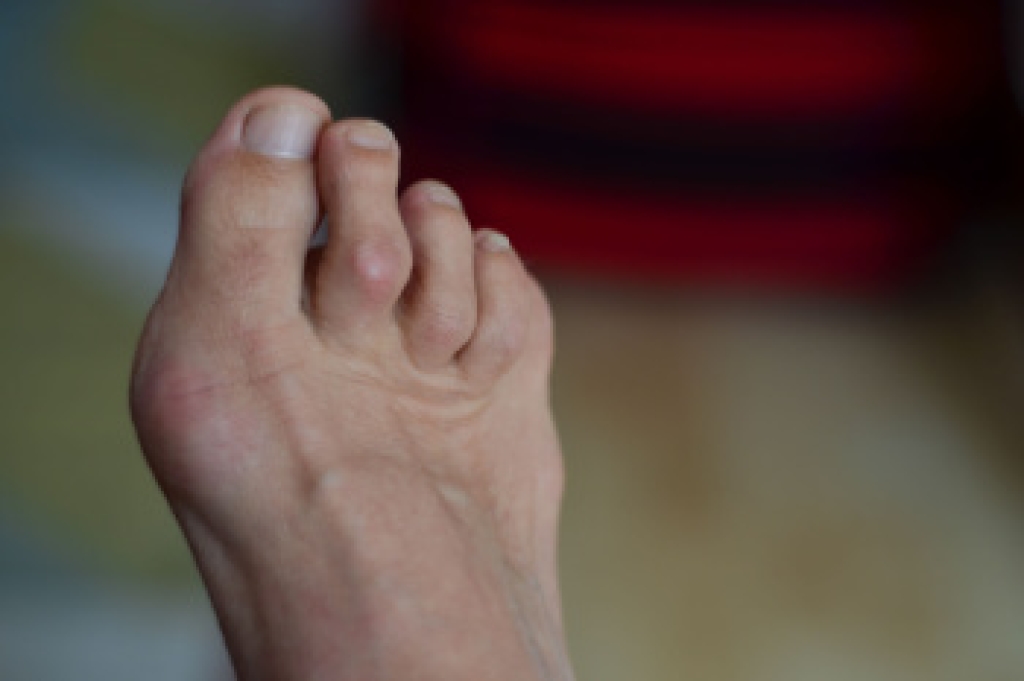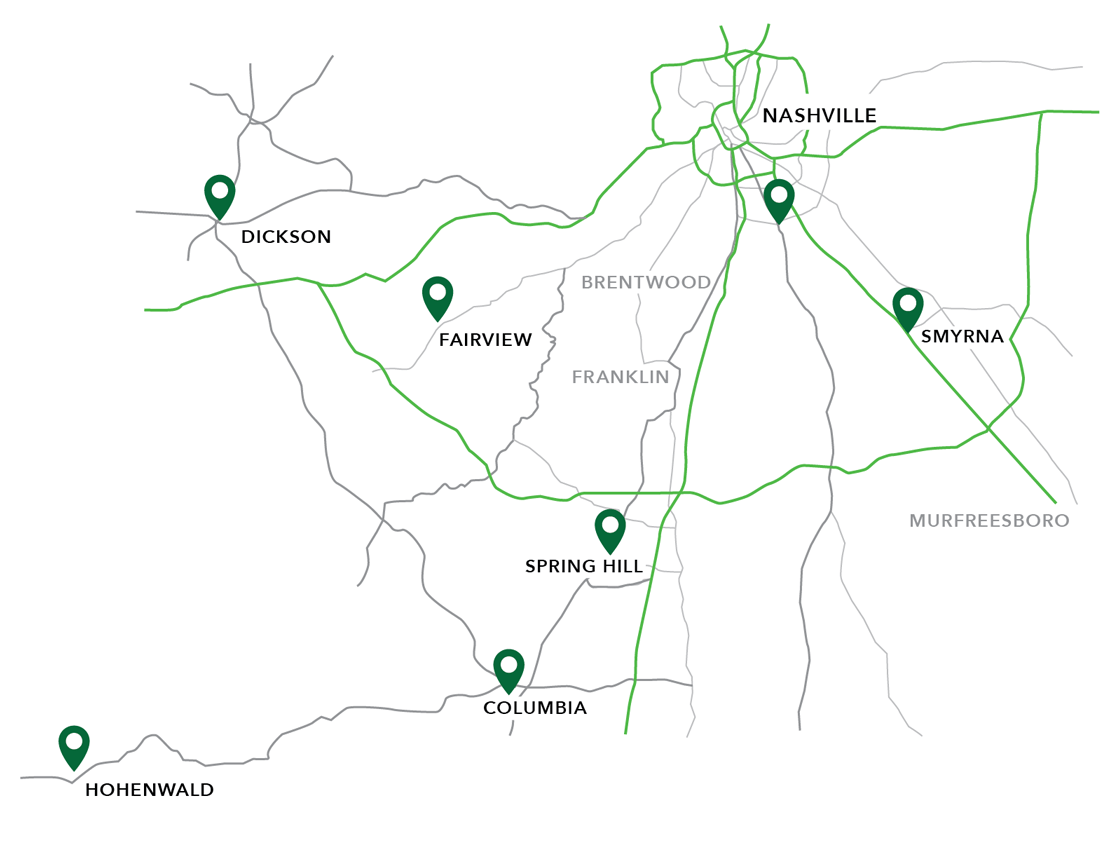
Hammertoe occurs when one of the small toes becomes bent at the middle joint, causing it to point downward instead of lying flat. This deformity often begins as a mild imbalance and becomes more rigid over time. It can be painful and make wearing shoes difficult. The most common cause is an imbalance in the muscles and tendons that support the toe. Wearing tight or narrow shoes, especially those with high heels, can force the toes into an unnatural position. Over time, this leads to the joint stiffening in that shape. Other causes include foot structure inherited from family, past injuries, and certain conditions such as arthritis or nerve damage. Early recognition is important to prevent the deformity from worsening. If you notice changes in the shape of a toe or experience pain or corns, an evaluation by a podiatrist is suggested.
Hammertoe
Hammertoes can be a painful condition to live with. For more information, contact one of our podiatrists from Advanced Foot & Ankle Care Centers. Our doctors will answer any of your foot- and ankle-related questions.
Hammertoe is a foot deformity that affects the joints of the second, third, fourth, or fifth toes of your feet. It is a painful foot condition in which these toes curl and arch up, which can often lead to pain when wearing footwear.
Symptoms
- Pain in the affected toes
- Development of corns or calluses due to friction
- Inflammation
- Redness
- Contracture of the toes
Causes
Genetics – People who are genetically predisposed to hammertoe are often more susceptible
Arthritis – Because arthritis affects the joints in your toes, further deformities stemming from arthritis can occur
Trauma – Direct trauma to the toes could potentially lead to hammertoe
Ill-fitting shoes – Undue pressure on the front of the toes from ill-fitting shoes can potentially lead to the development of hammertoe
Treatment
Orthotics – Custom made inserts can be used to help relieve pressure placed on the toes and therefore relieve some of the pain associated with it
Medications – Oral medications such as anti-inflammatories or NSAIDs could be used to treat the pain and inflammation hammertoes causes. Injections of corticosteroids are also sometimes used
Surgery – In more severe cases where the hammertoes have become more rigid, foot surgery is a potential option
If you have any questions, please feel free to contact our offices located in Nashville, Smyrna, Spring Hill, Columbia, Dickson, Fairview, Hohenwald, TN and Midtown, TN . We offer the newest diagnostic and treatment technologies for all your foot care needs.


